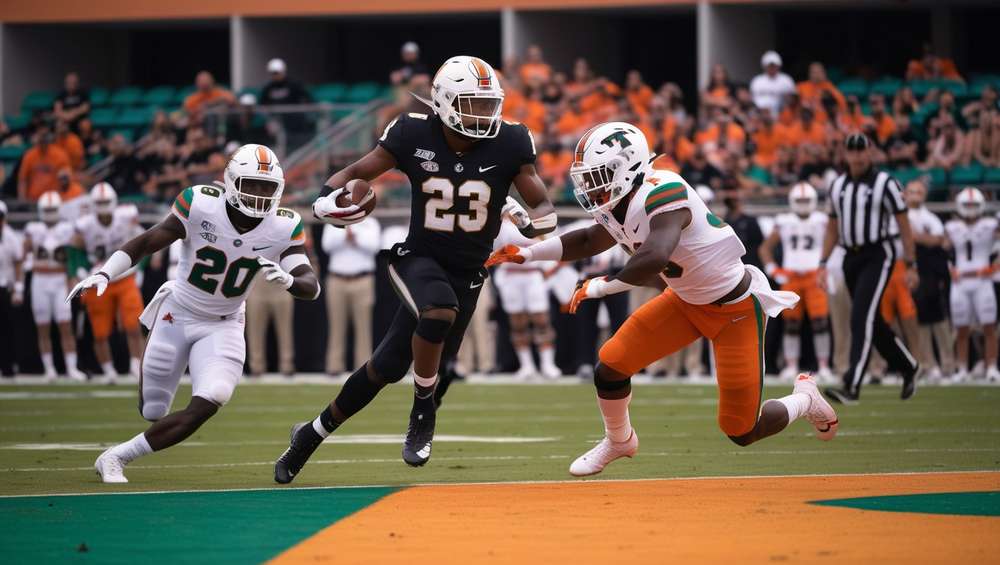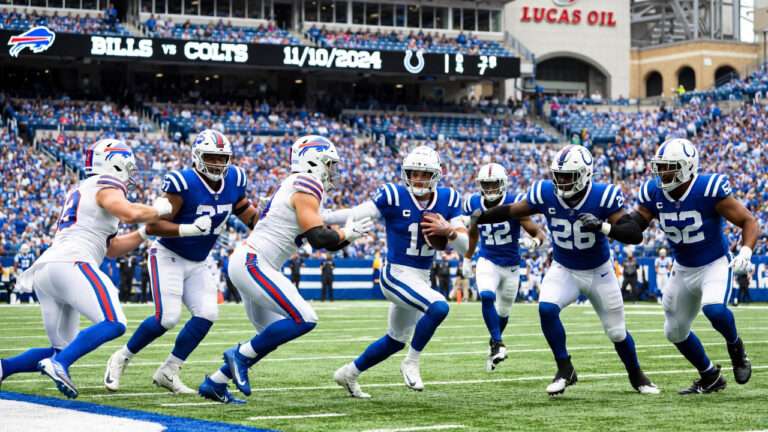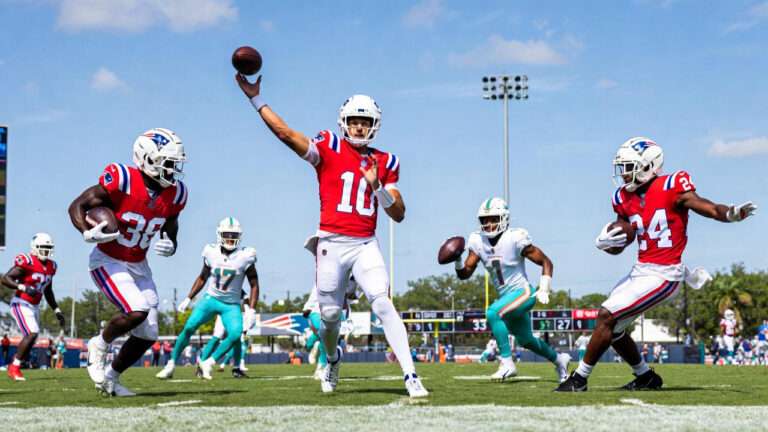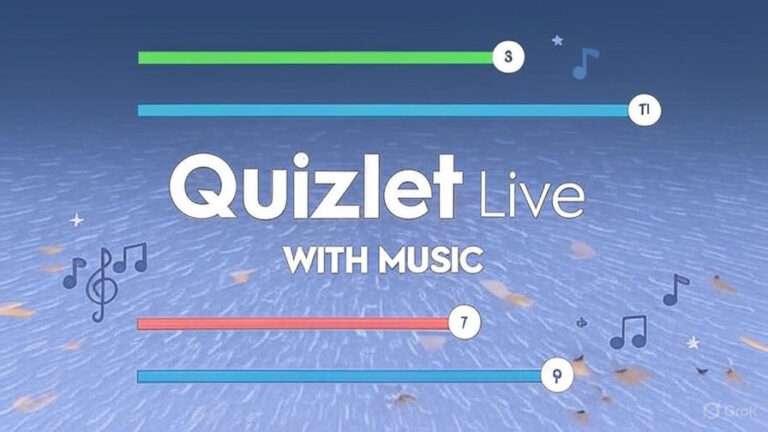
ball state football vs miami hurricanes football match player stats
Introduction: A Clash of Titans in College Football
The Ball State football vs Miami Hurricanes football match on September 14, 2024, was an electrifying showdown that left fans buzzing. Consequently, this non-conference game at Hard Rock Stadium showcased Miami’s dominance with a final score of 62-0. Moreover, analyzing player stats reveals the strategies, standout performances, and key moments that defined this game.
Whether you’re a die-hard fan or a casual observer, understanding the Ball State vs Miami Hurricanes player stats offers valuable insights into both teams’ strengths. In this article, we’ll break down the stats, highlight top performers, and explore what made this matchup unforgettable.
Game Overview: Ball State vs Miami Hurricanes
The 2024 matchup between Ball State and Miami Hurricanes was a one-sided affair. Specifically, Miami, ranked No. 10, overwhelmed Ball State with 750 total offensive yards, setting a program record. Meanwhile, Ball State struggled, managing only 115 yards. Furthermore, the Hurricanes’ aggressive offense and stout defense left the Cardinals scoreless, marking Miami’s first shutout of the season.
Consequently, this game highlighted the gap between the ACC powerhouse and the MAC contender. By examining the Ball State football vs Miami Hurricanes football match player stats, we can better understand the dynamics that led to this historic rout.
Key Moments That Shaped the Game
Several pivotal moments defined the outcome of this matchup. Initially, Miami’s defense set the tone with a sack by Simeon Barrow Jr. on Ball State’s opening drive. Subsequently, Cam Ward led an 11-play, 71-yard drive, ending in a field goal.
Moreover, Miami’s offense exploded in the second quarter, with Ward throwing multiple touchdown passes. Meanwhile, Ball State’s offense faltered, failing to reach the red zone. Additionally, lightning delays pushed the game’s start by over two hours, yet Miami’s focus remained unshaken. These moments, reflected in the player stats, underscored Miami’s dominance and Ball State’s challenges.
Offensive Player Stats: Miami Hurricanes’ Explosive Performance
Miami’s offense was a juggernaut, amassing 507 passing yards and 243 rushing yards. Specifically, quarterback Cam Ward delivered a career-high performance, completing 19 of 28 passes for 346 yards and five touchdowns. Additionally, wide receiver Xavier Restrepo shone, catching passes for 104 yards, including a touchdown.
Meanwhile, running back Ajay Allen contributed 104 yards on seven carries, with a 56-yard touchdown run. Furthermore, backup quarterback Emory Williams impressed, completing 11 of 12 passes for 161 yards. These stats highlight why Miami’s offense overwhelmed Ball State’s defense, setting a high bar for the season.
Standout Offensive Players for Miami
Cam Ward was undeniably the star, earning a 90.6 PFF grade. Moreover, his ability to connect on nine deep shots showcased his precision. Similarly, Xavier Restrepo’s four catches for 104 yards solidified his role as a top receiver. Additionally, Ajay Allen’s explosive runs, averaging 14.9 yards per carry, added a dynamic element.
Meanwhile, tight end Elijah Arroyo contributed five receptions for 106 yards earlier in the season, though his impact was quieter here. Consequently, these performances, reflected in the Ball State vs Miami Hurricanes player stats, demonstrated Miami’s offensive depth and versatility.
Ball State’s Offensive Struggles
Ball State’s offense faced immense pressure from Miami’s defense. Specifically, quarterback Kadin Semonza completed 18 of 32 passes for 109 yards but threw an interception. Moreover, running back Braedon Sloan, who had 103 yards in the previous game, was limited to 13 yards on five carries.
Additionally, Sloan led receivers with 41 yards on four catches. However, the Cardinals’ offense never reached the red zone, averaging just 2.2 yards per play. Consequently, these stats reflect Ball State’s inability to counter Miami’s aggressive defensive front, highlighting a tough day for the Cardinals.
Defensive Player Stats: Miami’s Iron Wall
Miami’s defense was relentless, holding Ball State to 115 total yards. Specifically, they allowed just six rushing yards, the fewest since 2018 against Savannah State. Moreover, defensive linemen Tyler Baron, Simeon Barrow Jr., and Elijah Alston combined for three sacks and an interception.
Additionally, Miami’s secondary, despite losing key starters from 2023, ranked sixth nationally in passing efficiency defense. Consequently, their four sacks and five pass breakups stifled Ball State’s offense. These defensive stats from the Ball State football vs Miami Hurricanes football match underscore Miami’s ability to dominate on both sides of the ball.
Ball State’s Defensive Efforts
Ball State’s defense struggled against Miami’s high-powered offense. Specifically, linebacker Keionté Newson, who led the team with 81 tackles in 2023, recorded six tackles but couldn’t stop Miami’s momentum. Moreover, the Cardinals’ pass defense allowed 507 yards, with Miami completing 63.6% of third-down attempts. Additionally, Ball State recorded no sacks and only one tackle for loss. Consequently, their defense was overwhelmed, as Miami’s offensive line, anchored by players like Francis Mauigoa, provided ample protection. These stats highlight the challenges Ball State faced in containing Miami’s explosive attack.
Special Teams and Game Impact
Special teams also played a role in the matchup. Specifically, Miami’s kicker Andres Borregales was perfect, making two field goals, including a 32-yarder, and all eight extra points. Moreover, Miami’s punt and kickoff coverage units limited Ball State’s return opportunities. Meanwhile, Ball State’s special teams struggled, with no significant returns to shift momentum.
Additionally, Miami’s depth allowed younger players like Chris Johnson Jr. to shine, with a 37-yard touchdown catch. Consequently, the Ball State vs Miami Hurricanes player stats in special teams further tilted the game in Miami’s favor, showcasing their all-around dominance.
Key Statistical Comparisons
Comparing team stats reveals stark contrasts. Specifically, Miami averaged 10.6 yards per play, while Ball State managed just 2.2. Moreover, Miami converted 7 of 11 third-down attempts, compared to Ball State’s 1 of 12. Additionally, Miami’s time of possession was 32:59, slightly edging out Ball State’s 27:01.
Furthermore, Miami’s 750 total yards dwarfed Ball State’s 115, with a 507-109 passing yard disparity. Consequently, these stats from the Ball State football vs Miami Hurricanes football match highlight Miami’s overwhelming efficiency and Ball State’s offensive struggles.
Miami’s Record-Breaking Performance
Miami set multiple program records in this game. Specifically, their 750 total offensive yards surpassed the previous record of 739 set in 2020. Moreover, the 62-0 score marked their most lopsided shutout against an FBS opponent.
Additionally, Cam Ward became the first ACC quarterback since 2004 to throw for 300 yards and three touchdowns in each of his first three games. Consequently, these achievements, reflected in the Ball State vs Miami Hurricanes player stats, underscore Miami’s potential as a national contender in 2024.
Ball State’s Historical Context
For Ball State, the 62-0 loss was their worst since a 76-0 defeat to Kansas State in 2000. Moreover, it marked their first shutout since a 42-0 loss to Temple. Additionally, head coach Mike Neu described the game as a low point, with few positives.
However, players like Keionté Newson emphasized resilience, noting the long season ahead. Consequently, the Ball State football vs Miami Hurricanes football match player stats reflect a challenging day but also an opportunity for the Cardinals to regroup and improve.
Standout Players to Watch in Future Games
Several players emerged as ones to watch. For Miami, Cam Ward’s 1,035 yards and 11 touchdowns through three games signal Heisman potential. Moreover, Xavier Restrepo’s consistent 100-yard games make him a top receiver.
Meanwhile, Ball State’s Kadin Semonza, despite struggles, showed promise with a 62% completion rate. Additionally, Braedon Sloan’s versatility as a runner and receiver could shine against less dominant opponents. Consequently, tracking these players’ stats in future games will provide insights into both teams’ trajectories in the 2024 season.
Strategic Insights from Player Stats
The player stats reveal strategic differences. Specifically, Miami’s aggressive passing game, led by Ward, exploited Ball State’s secondary. Moreover, their defensive line’s pressure disrupted Semonza’s rhythm. Meanwhile, Ball State’s conservative play-calling, with limited carries for Sloan, hindered their offense.
Additionally, Miami’s ability to sustain long drives contrasted with Ball State’s quick three-and-outs. Consequently, these stats from the Ball State football vs Miami Hurricanes football match highlight Miami’s superior preparation and execution, offering lessons for Ball State’s future matchups against high-caliber teams.
Impact on Team Rankings and Season Outlook
Miami’s dominant performance solidified their No. 10 ranking, boosting their College Football Playoff aspirations. Specifically, their 3-0 start, with 159 points through three games, set a program record. Meanwhile, Ball State’s 1-1 record reflected the challenges of facing a top-tier opponent.
Moreover, the loss highlighted areas for improvement, particularly in offensive execution. Consequently, the Ball State vs Miami Hurricanes player stats suggest Miami is a national contender, while Ball State must regroup for MAC competition. Both teams’ performances in this game will shape their strategies moving forward.
FAQs: Ball State Football vs Miami Hurricanes Football Match Player Stats
What were the key player stats in the Ball State vs Miami Hurricanes game?
Miami’s Cam Ward threw for 346 yards and five touchdowns, while Xavier Restrepo had 104 receiving yards. Ball State’s Kadin Semonza completed 18 of 32 passes for 109 yards. Miami’s defense held Ball State to 115 total yards, with three sacks and an interception.
Which team had the stronger offense?
Miami dominated offensively, amassing 750 yards, including 507 passing yards. Ball State struggled, managing only 115 yards and averaging 2.2 yards per play, highlighting Miami’s superior offensive strategy.
Who were the standout defensive players?
Miami’s Tyler Baron, Simeon Barrow Jr., and Elijah Alston combined for three sacks and an interception. Ball State’s Keionté Newson led with six tackles but couldn’t slow Miami’s offense.
How did special teams impact the game?
Miami’s Andres Borregales was perfect on field goals and extra points, while their coverage units limited Ball State’s returns. Ball State’s special teams had no significant impact, further tilting the game in Miami’s favor.
Conclusion: Reliving an Epic NCAA Showdown
The Ball State football vs Miami Hurricanes football match player stats tell a story of dominance and resilience. Miami’s record-breaking 750-yard offensive performance, led by Cam Ward and Xavier Restrepo, showcased their potential as a national powerhouse.
Meanwhile, Ball State’s struggles highlighted areas for growth as they navigate the MAC season. Consequently, this game offers valuable lessons for both teams. For fans eager to dive deeper into college football stats and analysis, explore more game breakdowns and player performances on our site. Don’t miss out—stay updated and join the conversation today!





